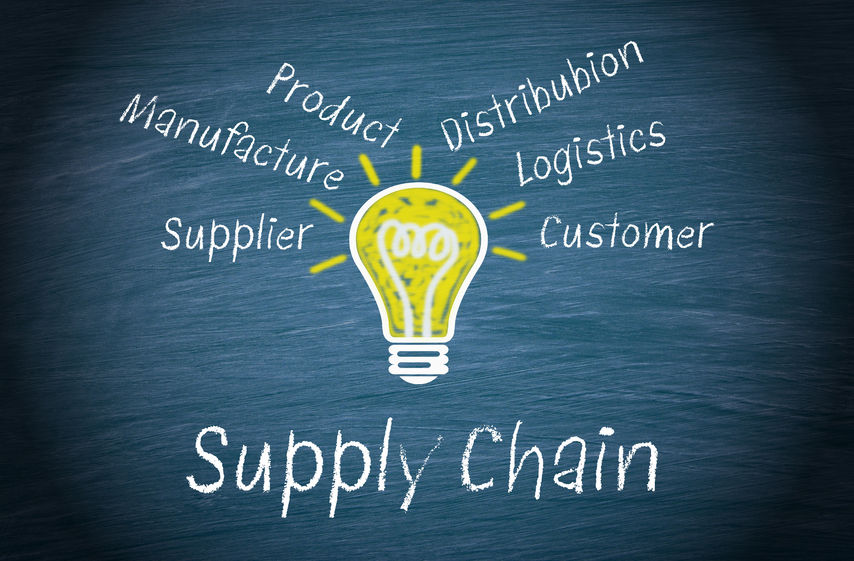
Managing the food supply chain is a complex and difficult job in any year, but 2016 promises to present a number of particularly troubling issues. More supply chain data is available than ever before, and enterprises will need to be able to manage and make use of these copious records. Consumers are increasingly insistent on sustainable meat sourcing and want to know more where their meals come from. And many other changes are also putting pressure on those on procurement managers. But, by being aware of what issues you may face, you can develop strategies to handle these challenges head on.
1. Technology Failures
RFID, barcode scanners and other Internet of Things technologies are more accurate and give more detailed information than old-fashioned pens, paper and clipboard recording. But, these technologies are also prone to vulnerabilities and failures that did not exist in the past. Ensure that you have people on staff who can recognize potential problems and know how to get technology back online.
2. Mismanaged Data
With more data recorded than ever, there is a higher risk of that data being mismanaged than ever before. Seventy percent of companies worldwide report being the target of a successful cyberattack within the last year. Make sure your data is handled properly, lest you risk the ire of consumers and suppliers alike.
3. Increased Attention on Foodborne Illness Risk
While studies show that foodborne illnesses are not on the rise, increased reporting of them has made them seem more prevalent. And the FDA recently gained the ability to issue recalls in instances of suspected contamination. To stay ahead of regulators, you’ll need to create and record data that shows where your products have been, how long they have been in transit and in storage and how they have been stored along the way.
4. Changing Demographics
Currently, Millennials have surpassed Baby Boomers to become the largest working cohort in the country. They have different habits than other generations, including different buying patterns. They’re more tech-savvy. They put a premium on foods perceived as more natural and tend not to eat at traditional mealtimes. They live with roommates or other adults instead of nuclear families. And their buying decisions reflect all of that. You’ll need to make changes in how and what you source to ensure that you are meeting the demands of this coveted demographic.
5. Increased Demands from Consumers for Transparency
Consumers have more information at their fingertips. And, this has made them more eager to learn more about where their meat comes from and how it was raised. And as newer technologies collect more supply chain data than ever before is, companies should expect that their customers will want to get access to more of this information to make decisions about what foods they buy.
6. Aging Legacy Systems
No two businesses adopt new technology at the same pace. And when you’re working with a number of different suppliers, moving forward will require making new and old systems work together. While you wait for those lagging to move on to newer systems, you will need to make sure that any older systems that are still being used, whether by you or a supplier, are still able to communicate with new technologies so that no data is lost. This may, unfortunately, require a significant workaround or manual data entry, but it’s a necessary step to ensure that all systems are compliant with current industry best practices and the federal and local regulations that apply to your business.
The food supply chain is in transition as consumer tastes, supply chain technology and best practices evolve. This is bound to be a bumpy year as we collect more supply chain data than ever and figure out what to do with it. Savvy producers and procurers will have to stay on their toes to see what's coming and to rise to the challenges of the new year.






